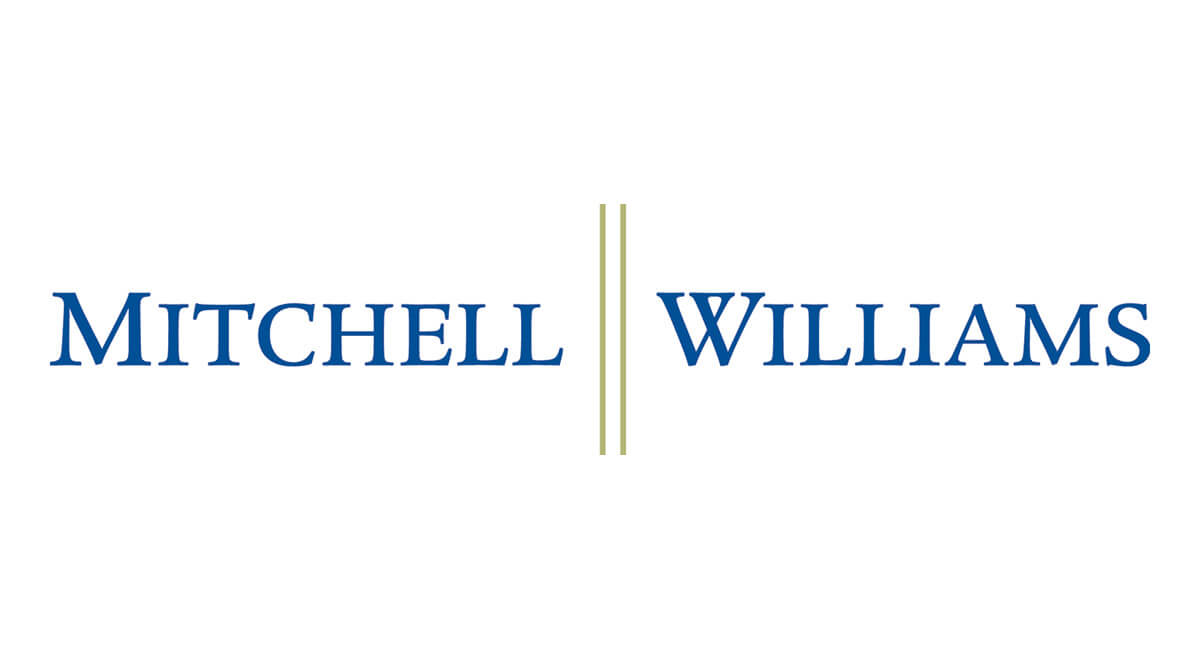Insurance & Reinsurance Laws and Regulations covering issues in USA of Regulatory, (Re)insurance Claims, Litigation - Overview, Litigation - Procedure
ICLG - Insurance & Reinsurance Laws and Regulations -
USA Chapter
covers common issues in insurance and reinsurance laws and regulations – including regulatory authorities and procedures, (re)insurance claims, litigation – overview, litigation – procedure and arbitration.
The regulation of insurance companies is split between the states and the federal government. Each of the 50 states regulates the operations of insurance businesses within its borders and has its own laws concerning the appropriate contractual terms that parties to an insurance contract are allowed to enter into. For example, states are responsible for regulating insurance rates, licensing insurance companies and brokers, employing financial examiners to investigate an insurer’s accounting methods, and providing consumer service support to their residents. State insurance regulators are also members of the National A-sociation of Insurance Commissioners (“NAIC”), an organisation that standardises the regulation of insurance among the states and facilitates the sharing of best practices among them.
In comparison, the federal government has a more modest footprint in insurance regulation because the McCarran-Ferguson Act, passed in 1945, a-sured that states would have the primary role in regulating insurance. Nevertheless, there are some significant federal regulations concerning interstate insurance commerce. The 2015 National A-sociation of Registered Agents and Brokers Reform Act streamlined approval for non-resident insurance sellers to operate across state lines. The 1986 Liability Risk Retention Act allowed individuals and businesses with similar risk profiles to form groups in order to lower costs and increase market choice for insurance consumers by making it easier to compare policies that fit their profiles.
Furthermore, after the 2008 financial crisis, the federal government started to regulate the financial stability of insurance companies. The 2010 Wall Street Reform and Consumer Protection Act (“Dodd-Frank”) created two review councils within the Department of Treasury – the Financial Stability Oversight Council (“FSOC”) and the Federal Insurance Office – to monitor the stability of the insurance industry. FSOC has the ability to designate certain insurers as “Systemically Important Financial Institutions” (“SIFIs”) so they may be regulated by the Federal Reserve Board. SIFIs are subject to heightened financial oversight – they must meet higher capital requirements, take stress tests, and submit “living will” bankruptcy plans for review. While initially six insurers were identified as being “systemically important”, all were eventually dedesignated, and currently there are none with this designation. In 2017, in a shift towards deregulation, the Treasury Department recommended changing the designation process for SIFIs, and in 2019 FSOC proposed moving from an entity-based approach to a holistic activities-based approach. Under the new approach a company would only be designated as a SIFI if FSOC believed that attempts by state and federal regulators to address the risks of their activities were not sufficient.
Each state has its own unique requirements for setting up a new insurance company, but all states accept the Uniform Certification of Authority Application (“UCAA”), a model application offered by the NAIC. The UCAA requires the applicant to provide information about its business plan, corporate bylaws, financial statements, and officers, as well as to identify the type of insurance it plans to offer (e.g., life, disability, property). Each state imposes requirements in addition to the UCAA. For example, states generally require a certain level of financial health before licensing a corporation. Each state has different capital and surplus requirements, and some may require a corporation to have prior experience or pass accreditation standards before being allowed to sell certain forms of insurance. States will also usually require companies to pay fees to fund regulatory agencies depending on the type of insurance an applicant wishes to offer. For example, to conduct business with workers’ compensation or automobile insurance, many states require companies to pay fees to an oversight board.





















